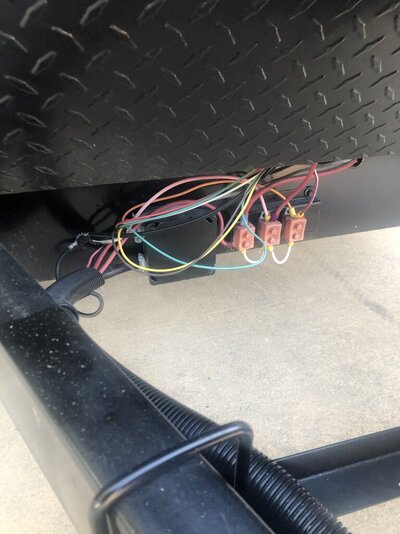gern
New member
This is a 2022 Jayco Jayflight 264BH. We have had the trailer for over a year now. We were new to rving but since have clocked a few miles and having a great time. The pic shows exposed wiring in the front of the trailer which I have always thought should not be exposed like that but maybe they are. Does anyone know if this should be covered or if there is something out there that my trailer is missing? Thanks for any suggestions


